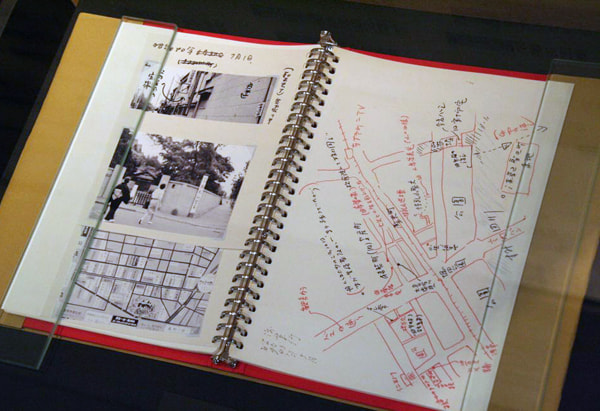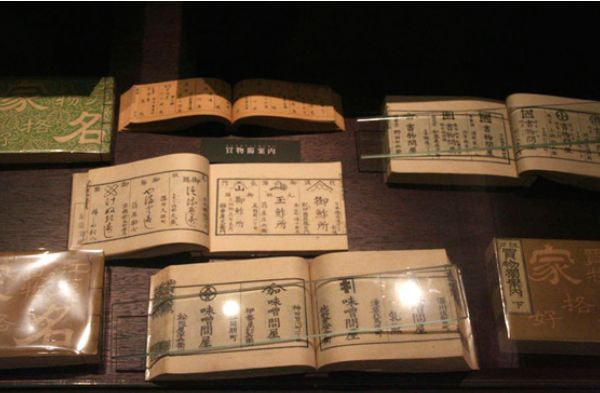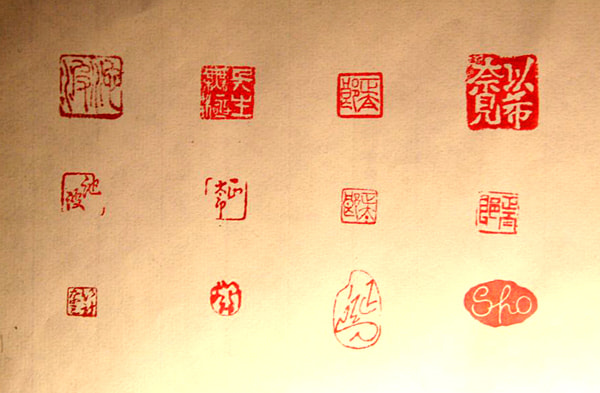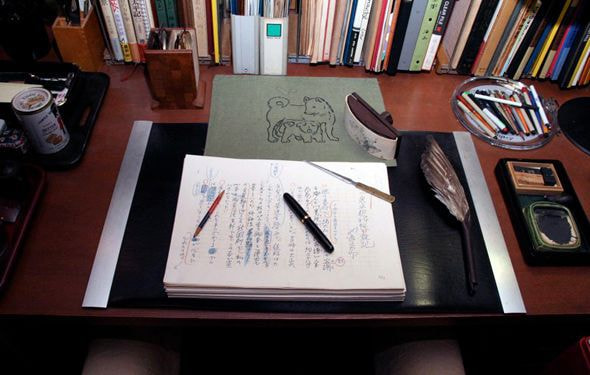
Desk on which he wrote novels
The wellsprings of Ikenami's creation were food, movies, plays and travels. In his essay collection "Seishun Wasuremono," in which he looks back at his life from his early years, "Shokutaku-no Jokei" and "Otoko-no Rhythm," gourmet food, his knowledge of films and enthusiasm for travels are described. It is possible to see the processes in which these essays came to fruition as novels.
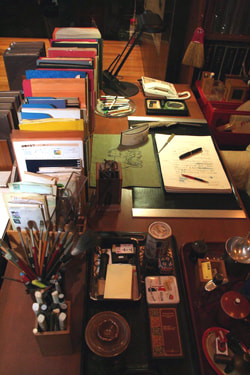
There are paint brushes in a pen stand on his study room desk. Painting materials, including brushes, sketchbook and paints, are put beside the desk. It can be imagined that, when he was bored of plotting and creating a novel, he tried to get ideas for the novel while making drawings and paintings.
Many notebooks with pictures, notebooks with materials, and his paintings are displayed in the memorial museum.
His belongings indicate that he was a modernist.
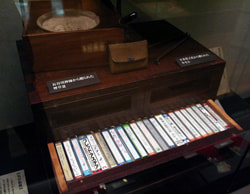
He had regularly used cassette tapes, on which names of Fred Astaire and Karajan can be seen. These items reflect his modern lifestyle. There is also an ashtray presented by Shin Hasegawa, whom he looked up to as a teacher for his entire life, and pipes, indicating that he was a regular smoker.
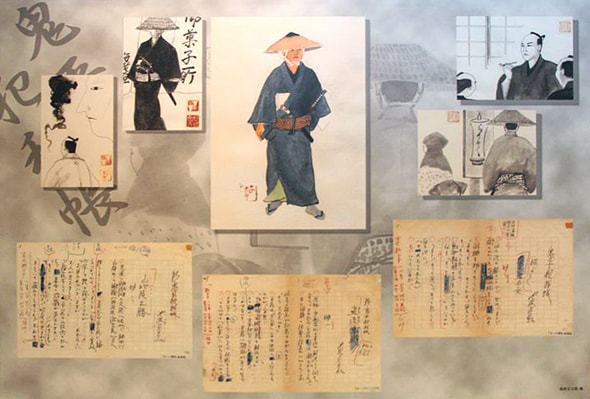
Drafts of "Onihei Hanka-cho" and his sketches
Ikenami's sketches were produced through his observant eye of a novelist. Vivid images of Edo arise from these detailed scenes and sketches of characters' appearances.
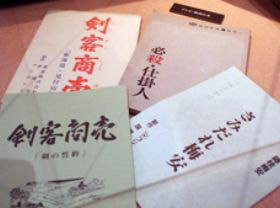
Scripts for TV series and movies
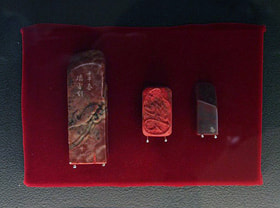
Seals used by Ikenami

There are paint brushes in a pen stand on his study room desk. Painting materials, including brushes, sketchbook and paints, are put beside the desk. It can be imagined that, when he was bored of plotting and creating a novel, he tried to get ideas for the novel while making drawings and paintings.

He had regularly used cassette tapes, on which names of Fred Astaire and Karajan can be seen. These items reflect his modern lifestyle. There is also an ashtray presented by Shin Hasegawa, whom he looked up to as a teacher for his entire life, and pipes, indicating that he was a regular smoker.












